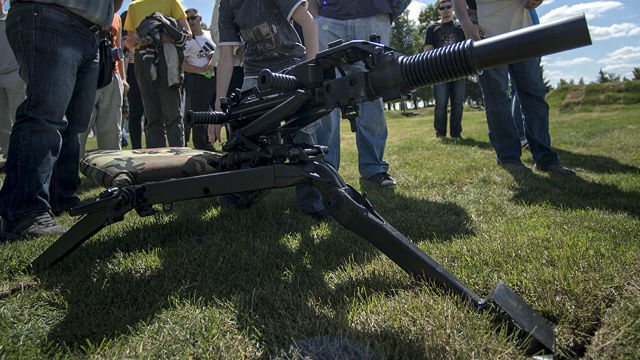MOSCOW, June 15-RIA Novosti. Anti-tank grenade launchers of the future will work according to a non-standard scheme, the priority will not be the penetration of armor, but the disabling of armored vehicles in other ways, the head of the design bureau of NPO Basalt (part of the concern "Techmash" of the State Corporation Rostec) told reporters) Nikolai Sereda.
"Maybe you should not try to break through the armor, but to withdraw all the means of observation from the tank, the sights, and such methods exist. Or, suppose the engine is stopped. And that's it, the problem is solved. We are also thinking about such tasks, " Sereda said.
According to him, breaking through the thickest possible armor for developers is not an end in itself. In this case, the blocking action may not be sufficient to cause any harm to the object.
60 years ago, on June 15, 1961, the RPG-7 hand-held anti-tank grenade launcher was adopted. Today, its various modifications are in service in more than 80 countries around the world.
The head of the 204 military representation of the Russian Defense Ministry, Leonid Maslennikov, said that the grenade launcher itself is a universal reusable launcher that can destroy not only armored vehicles, but also manpower, as well as fortifications, due to the use of various ammunition.
The starting charge, according to him, works only in the tube of the grenade launcher and gives the grenade a speed of about 120-130 meters per second on departure. At a distance of 15-20 meters from the shooter, the jet engine turns on, and the grenade accelerates to 300 meters per second. At the grenade that flew out of the pipe, the blades-stabilizers open in place of the burned starting charge to give the accuracy of the hit. The optical sight of the latest version of the RPG-7V2 grenade launcher allows you to shoot thermobaric ammunition at a range of up to 550 meters, and fragmentation up to 700 meters.

